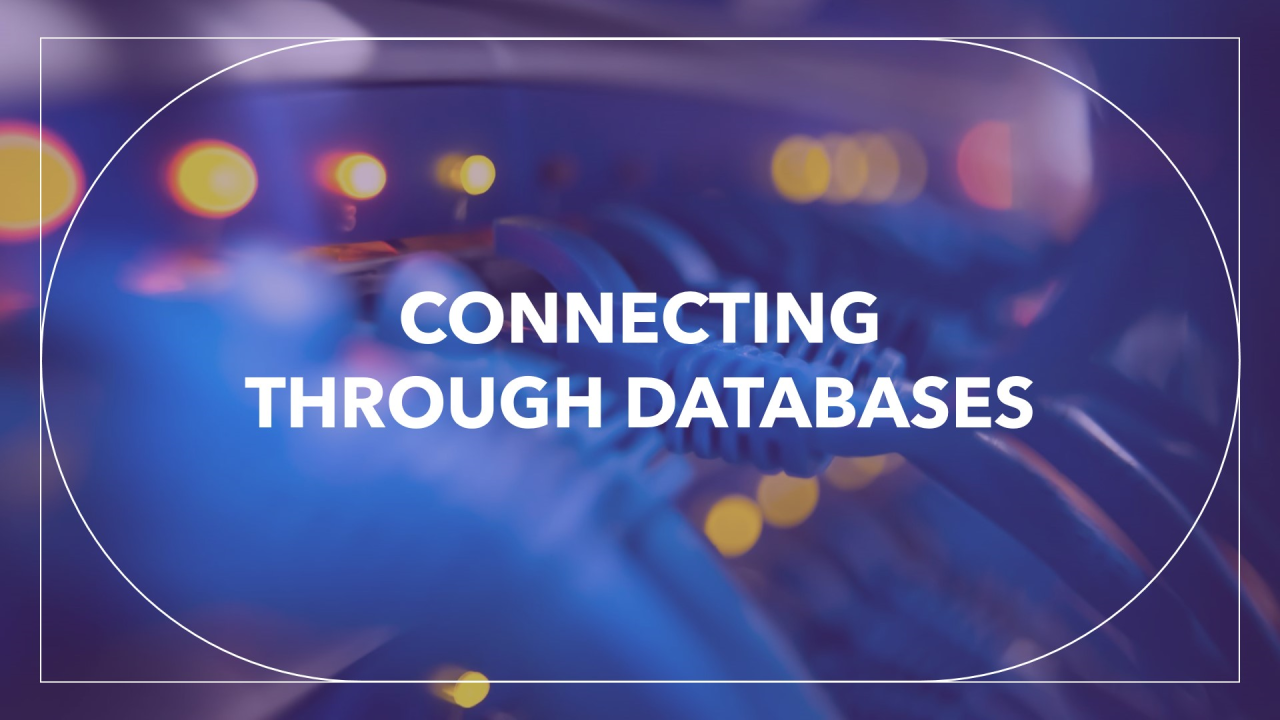
Connecting to Relational Databases:
1. Install Database Software:
Ensure the relational database management system (RDBMS) is installed and running. Examples include MySQL, PostgreSQL, or Microsoft SQL Server.
2. Create Database and User:
Use the RDBMS interface or command-line tools to create a database and a user with appropriate permissions.
3. Choose a Database Driver:
Depending on your programming language (e.g., JDBC for Java, psycopg2 for Python), select a suitable database driver to facilitate the connection.
4. Write Connection Code:
In your application code, import the chosen database driver and write code to establish a connection to the database using connection strings or configuration parameters.
5. Execute Queries:
Utilize the database driver to execute SQL queries, and retrieve, or update data. Handle connections carefully, opening and closing them appropriately.
Connecting to NoSQL Databases:
1. Install Database Software:
领英推荐
Install the NoSQL database system, such as MongoDB, Cassandra, or Couchbase, and ensure it is running.
2. Set Up a Database:
Create a database instance or keyspace within the NoSQL database to store your data.
3. Choose a Database Driver or Client:
Select a suitable driver or client for your programming language (e.g., pymongo for Python with MongoDB, cassandra-driver for Python with Cassandra).
4. Write Connection Code:
Similar to relational databases, import the chosen driver or client into your application code and write code to establish a connection using appropriate connection parameters.
5. Interact with the Database:
Use the driver or client to interact with the NoSQL database, whether it's inserting documents, retrieving data, or performing other operations specific to the chosen NoSQL system.
Remember to handle exceptions, close connections properly, and follow best practices for secure database connections in your programming language.
These steps provide a general guide, but the details may vary based on the specific database system and programming language you are using. Always refer to the official documentation for the database and driver for the most accurate and up-to-date information.
#DatabaseConnection #RelationalDatabases #NoSQL #DatabaseManagement #ProgrammingTips #TechDevelopment #DataAccess #CodeIntegration #DatabaseDevelopment #TechSolutions #SQL #NoSQLConnectivity #DeveloperTips #ProgrammingLanguages #DatabaseIntegration #TechGuide #DataManagement #DatabaseDrivers #CodingBestPractices #TechHowTo #DatabaseConnectivityTips